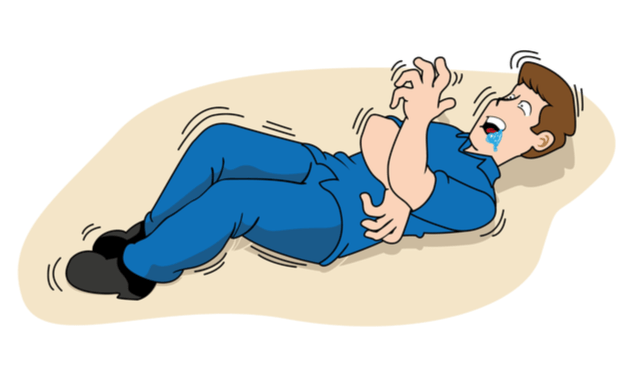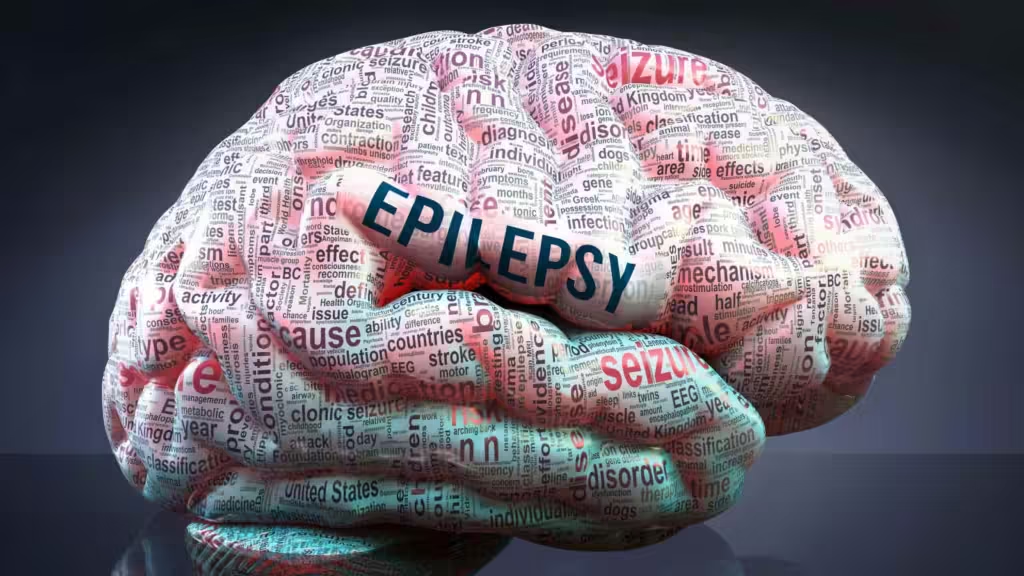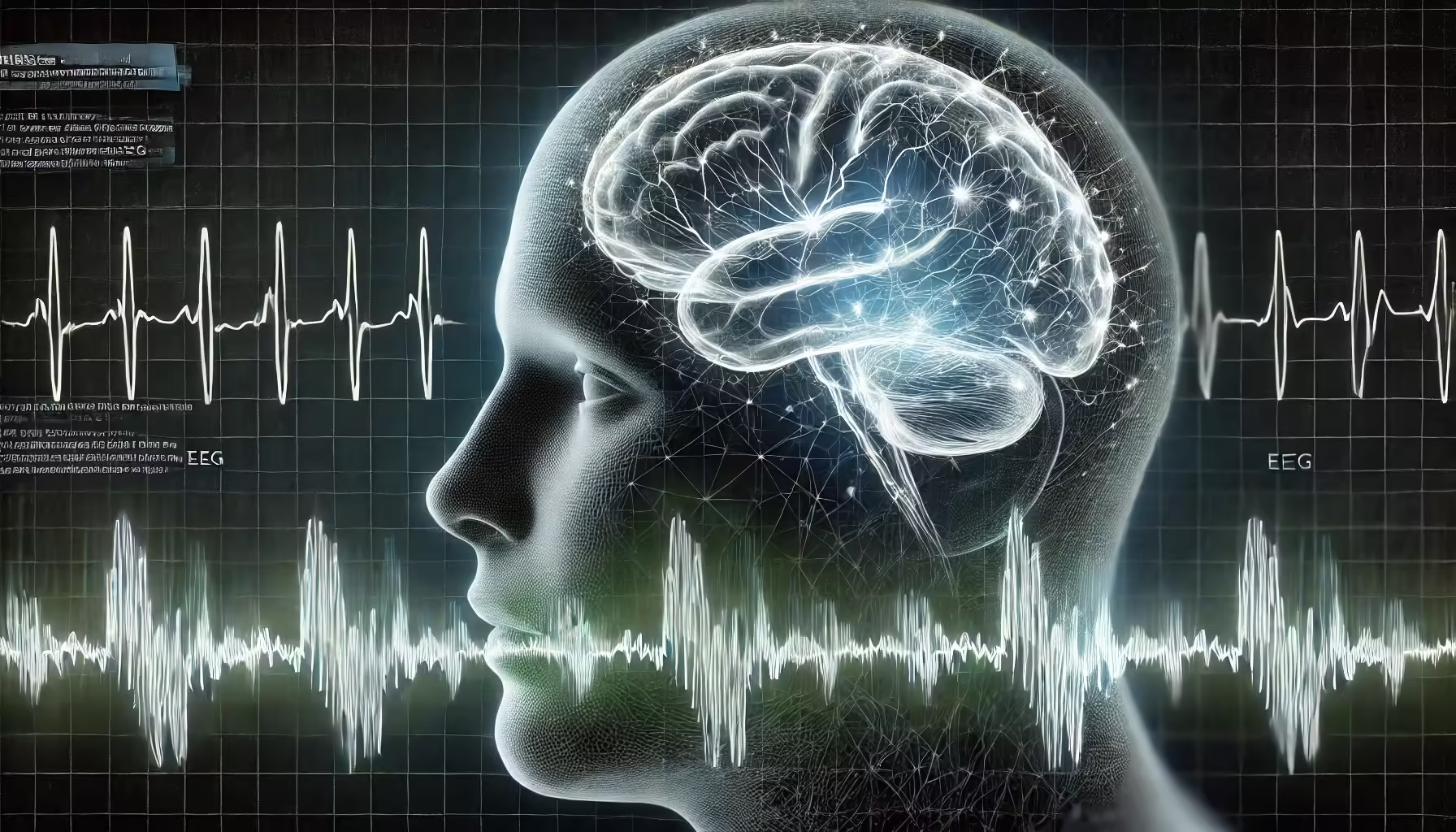Definition of Epilepsy
Epilepsy is a neurological condition that causes long-term seizures, consequently leading to various physiological, neurological, cognitive, psychological, and social consequences. Specifically, a seizure results from uncontrolled or synchronized electrical discharges of neurons in the brain, which in turn causes temporary changes in various symptoms. Depending on the location of the discharge focus, it can therefore lead to motor, sensory, sensory perception, or autonomic nervous system symptoms.
Nguyên nhân
According to the 2017 ILAE classification, the causes of epilepsy are divided into five categories:
- Structural: Refers to abnormalities in brain structure detected on neuroimaging that correlate with electroclinical symptoms.
- Genetic: Caused by gene mutations leading to disorders where epilepsy is the most prominent symptom.
- Infectious: This is the most common cause globally. Infectious causes often lead to epilepsy in the post-infectious phase and should be distinguished from acute symptomatic seizures seen in conditions like meningitis or encephalitis.
- Metabolic: Some metabolic disorders, such as porphyria, uremia, and amino acid disorders, can cause epilepsy. Identifying the metabolic cause is crucial for selecting appropriate treatment.
- Immune: Identified when there is an immune disorder where epilepsy is the primary symptom. This category may require treatment with immunotherapy.
- Unknown: Includes cases of epilepsy where the cause remains unidentified.
Symptoms of Epilepsy
At the onset of a seizure, the patient may experience warning signs (aura) such as feelings of fear, visual hallucinations, or olfactory hallucinations. These symptoms can indicate the onset of a seizure and suggest the area of origin in the brain.
Seizures can occur in any position or during any activity.

Seizures are considered the primary symptom of epilepsy. The typical symptoms include localized or generalized convulsions, with stiffness or jerking movements in a specific body area, limbs, or the entire body. Common signs include sudden jerking of the arms and legs, eyelid twitching, or eye-rolling.
During a seizure, the patient often experiences a brief loss of consciousness.
Additionally, the patient may experience associated symptoms such as sensory disturbances, emotional changes, or alterations in cognition and behavior.
Seizures typically last from a few seconds to a few minutes, usually under 5 minutes.
After a seizure, the patient may experience confusion lasting several minutes. In some cases, there may also be involuntary urination or defecation.
Chẩn đoán
Epilepsy is a neurological disorder characterized by the following criteria:
- At least two unprovoked seizures occurring more than 24 hours apart.
- One unprovoked seizure with a high likelihood of recurrence, comparable to the general risk (> 60%) of another seizure within the next ten years.
- A diagnosis of an epilepsy syndrome.
Essential tests for diagnosing epilepsy include:

- Electroencephalogram (EEG): While EEG results can be expected in some cases, the diagnostic value increases with repeated recordings over extended periods or during sleep. Video EEG is a crucial test for diagnosing and classifying seizures.
- Non-contrast Computed Tomography (CT-Scan): Detects brain lesions requiring urgent treatment, such as hemorrhages, large masses, tumors, vascular malformations, or calcified lesions.
- Magnetic Resonance Imaging (MRI): According to ILAE recommendations, epilepsy patients should undergo at least one brain MRI to provide comprehensive evaluation and to differentiate other causes.
- Cerebrospinal fluid analysis: Indicated when meningitis or encephalitis is suspected.
- Genetic, antibody, and metabolic tests are indicated when a specific cause is suspected.
Chẩn đoán phân biệt:
It is essential to differentiate seizures from other conditions with similar presentations, such as:
- Psychogenic nonepileptic attacks (PNEA)
- Syncope
- Transient ischemic attacks (TIA)
- Seizures due to hypocalcemia (tetany)
- Migraine
- Movement disorders
- Psychiatric disorders
Điều trị
The treatment goals for epilepsy include:
- Controlling seizures
- Avoiding side effects
- Minimizing social impacts and limitations caused by the disease
- Suppressing subclinical epileptic activity
- Reducing morbidity and mortality rates
- Preventing epileptogenesis
- Improving the quality of life
Treatment Principles:
- First-line monotherapy: Begin with the lowest effective dose and monitor treatment based on clinical symptoms.
- Dose adjustment: Increase the dose according to the patient’s response and any side effects.
- Avoid abrupt discontinuation of medication: Gradual tapering is necessary to prevent withdrawal symptoms or seizure recurrence.
Medication Treatment:
- No single medication is universally more effective than others.
- Drug choice is based on the underlying cause and seizure type.
Common antiepileptic drugs include:
- Carbamazepine
- Oxcarbazepine
- Phenytoin
- Gabapentin
- Pregabalin
- Phenobarbital
- Valproate
- Lamotrigine
- Topiramate
- Levetiracetam

Non-pharmacological Treatments:
- Ketogenic diet: Should be evaluated and monitored by a specialist dietitian.
- Lifestyle modifications: Limiting alcohol, reducing psychological stress, and avoiding sleep deprivation.
Surgical Treatment:
- Indicated for drug-resistant patients and those with operable causes, such as structural abnormalities.
Epilepsy patients have a higher mortality risk compared to the general population, primarily due to tonic-clonic seizures, nocturnal seizures, and refractory epilepsy.
Phòng ngừa
There is no specific preventive measure for epilepsy. However, pregnant women should have regular prenatal check-ups to prevent injuries or brain damage in the child during birth and as they grow.
Vaccination is essential to prevent brain-damaging diseases, such as Japanese encephalitis B.
Once diagnosed, patients must strictly adhere to the prescribed treatment and should not abruptly discontinue medication to avoid the risk of seizure recurrence.

